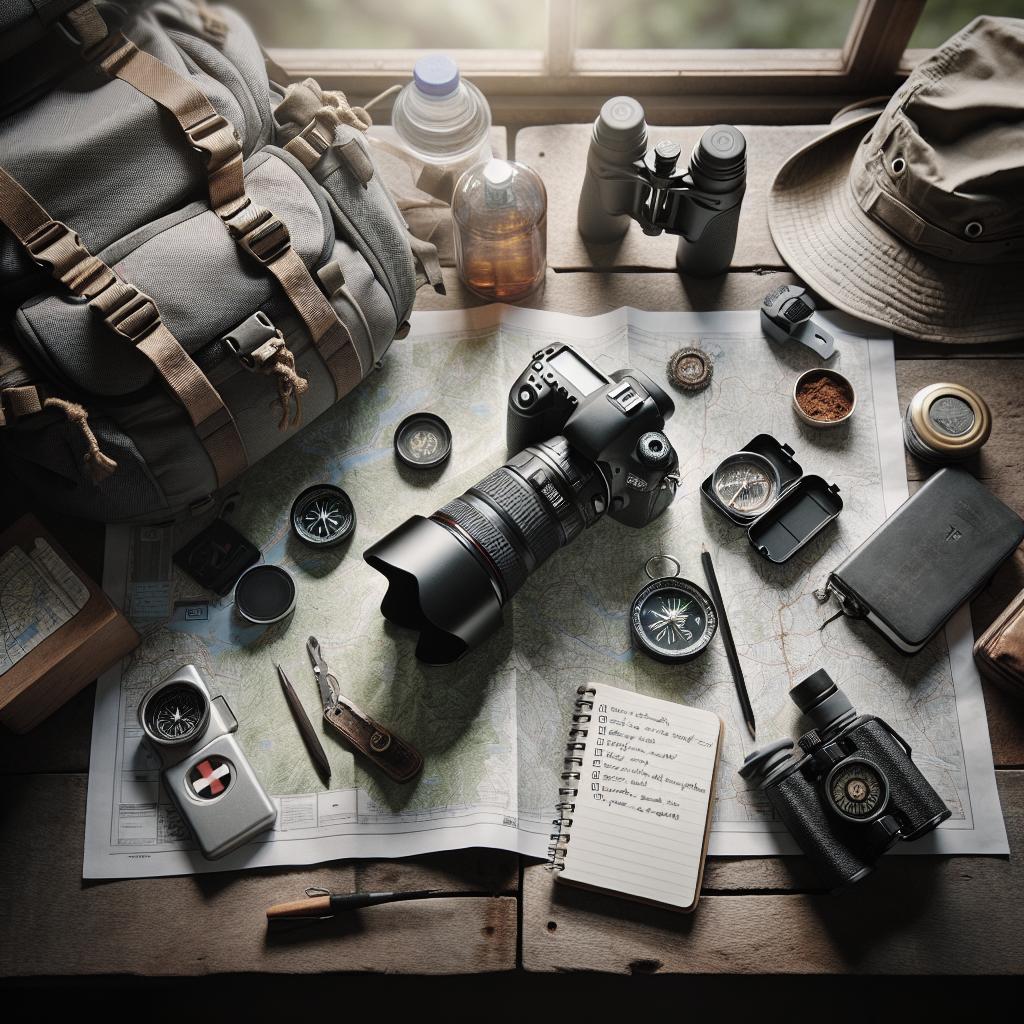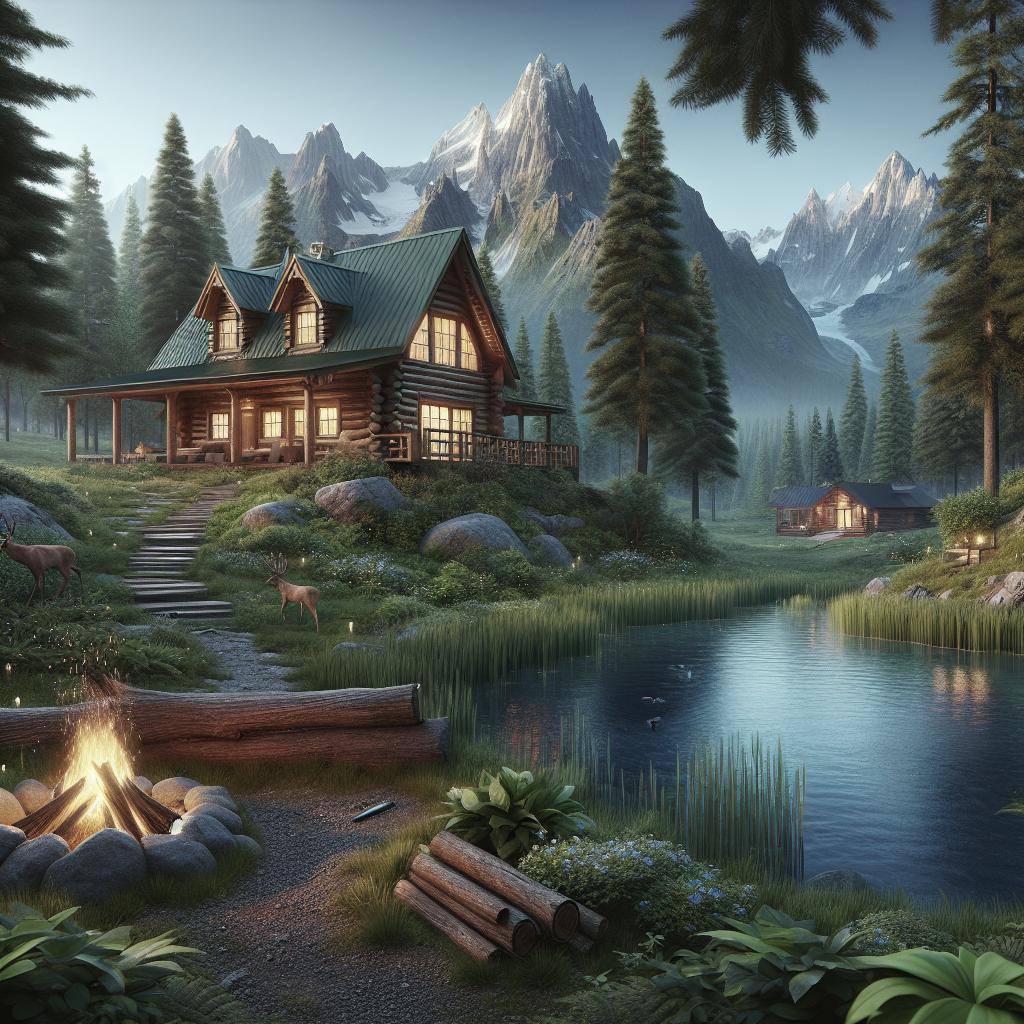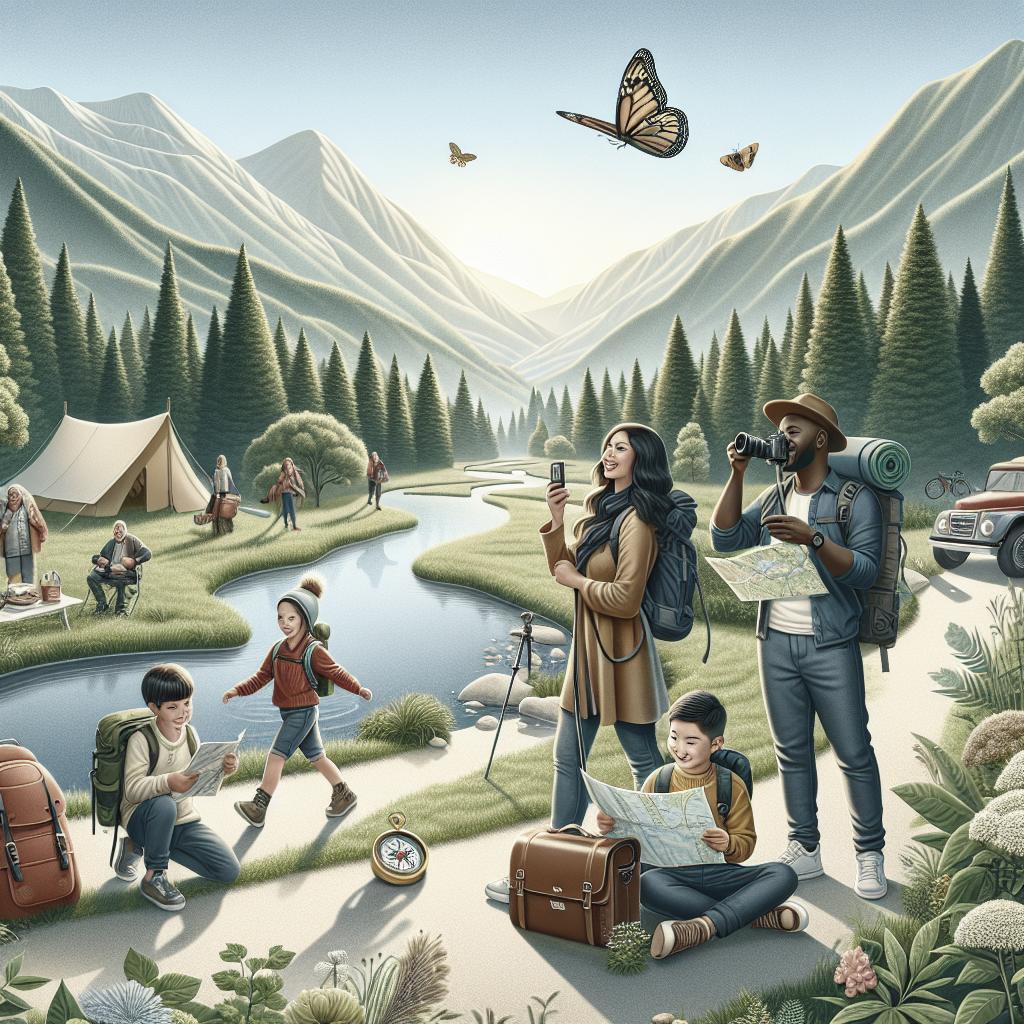How to Prepare for a Nature Photography Trip
Embarking on a nature photography trip can be a thrilling yet daunting experience. Preparing adequately is essential to capture the breathtaking moments that nature offers. This comprehensive guide will delve into everything you need to know to embark on a successful trip. We will guide you through selecting the right photography tour and assembling the necessary gear, outline key preparations before you leave, and offer tips for making the most of your time during the trip. The goal is to ensure you’re fully prepared to capture stunning images while enjoying the beauty of the great outdoors.
Choosing a Photography Tour
When planning a nature photography trip, selecting the right tour is crucial. Consider the type of landscapes and wildlife you’re most interested in photographing. Some tours offer unique opportunities, such as guided trips to remote locations or specialized workshops focusing on specific photography skills. Research thoroughly to find a tour that aligns with your interests and skill level.
It’s also vital to assess the tour’s itinerary and the expertise of the guides. A well-organized tour with knowledgeable guides can enhance your experience, providing valuable insights into the best times and locations for photography. Reach out to past participants, if possible, to gain an understanding of their experiences and gather recommendations on the best tours for capturing striking images.
Gear
Your gear is a fundamental aspect of any photography trip. Begin by assessing the type of camera you’ll need. A DSLR or mirrorless camera with interchangeable lenses is ideal for versatility in capturing wide landscapes and detailed close-ups. Invest in quality lenses; a wide-angle lens for expansive vistas and a telephoto lens for capturing distant wildlife are often recommended.
Don’t forget essential accessories. A sturdy tripod is indispensable for stability, especially when photographing in low light. Carry sufficient memory cards and batteries, as opportunities might arise at any moment, and you don’t want to miss a shot due to lack of storage or power. Also, a weatherproof camera bag will protect your equipment from the elements.
Things to do Before You Leave
Before setting off on your adventure, there are several preparations to make. Familiarize yourself with the destination’s climate and conditions to pack appropriate clothing. A field guide or app can also help identify the flora and fauna you’ll encounter. Understanding the environment can lead to better compositions and more respectful interactions with nature.
Additionally, protect your travel plans by checking the latest guidelines and protocols, particularly if traveling internationally. It’s wise to secure travel insurance that covers your gear to prevent financial loss. Lastly, confirm accommodation and transport arrangements to ensure your journey is as smooth as possible.
On Your Tour
Once on the tour, immerse yourself fully and remain open to learning new techniques and perspectives. Engage with guides and fellow photographers to enhance your knowledge. Remember to explore different angles and experiment with lighting to capture distinctive and creative photos.
It’s also essential to maintain flexibility within your schedule. Weather conditions and wildlife behavior can be unpredictable, so adaptability is key to seizing excellent photo opportunities. Allocating time for editing and reviewing your photos each day can also be beneficial, allowing you to refine your approach as the tour progresses.
Summary of Main Points
| Section | Main Points |
|---|---|
| Choosing a Photography Tour | Identify tours that match your photography interests and skill level. Evaluate itinerary and guide expertise. |
| Gear | Select a versatile camera, invest in quality lenses, and include essential accessories like a tripod and memory cards. |
| Things to do Before You Leave | Understand the climate, check travel guidelines, get travel insurance, and confirm logistics. |
| On Your Tour | Engage with others, experiment with techniques, and remain flexible to make the most of the experience. |
Related Articles
-
Top 10 Destinations for Wildlife Photography
-
Essential Post-Processing Tips for Nature Photography
-
How to Choose the Best Photography Gear for Beginners


